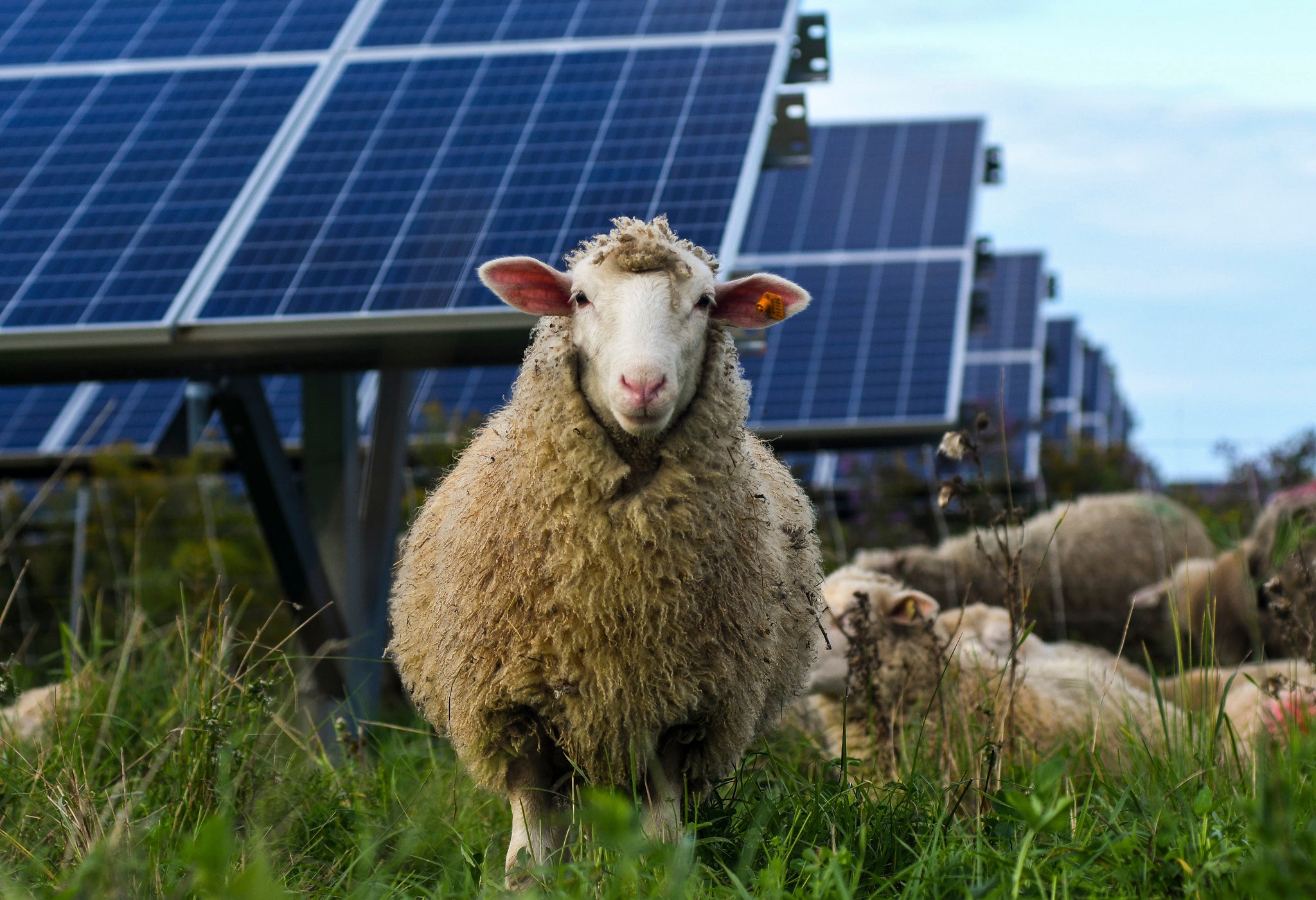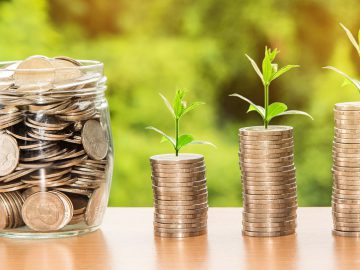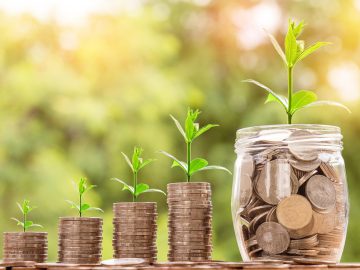What if solar panels didn’t just cut your energy bills but actually made you money? That’s the future I glimpsed this week at the New Energy Forum in Narrabri, a remote farming and coal mining town in Australia that brought together some of the most unexpected solar innovators I’ve met in years.
One of them, Michael Huang, is a young engineer with a big idea: what if rooftop solar didn’t just power your home but worked for you – generating profit by trading energy like a mini power plant?
Michael works for a clean tech company called Energus, which is one of the leading solar panel installers in the country. But now, they’ve added a twist – pairing solar with batteries, as well as advanced AI-powered energy management systems that not only track your energy needs but also monitor the electricity market to sell excess power at the most profitable times.
This combination has the potential to not only significantly bring down the upfront costs of a solar energy system but given the right energy market settings, transform it into a profitable business opportunity in the short and medium term.
This week he sat me down and explained how this model works and is already being used to generate revenue for farmers, processing plants and even a small roadside motel, sometimes slashing the payback periods in half. For small businesses, this not only transforms the upfront risks of installing solar and batteries but could generate revenue within a few years, as the AI system would constantly be working to sell power back to the grid at the most valuable times.
Michael is one of the many innovators who are pushing the boundaries of what we can achieve with our potential to produce energy from our rooftops. At the BePositive trade show in Lyon, France, this week, Imeon Energy showcased a similar technology that helps track your energy needs at the household level, turning your solar-battery system into a smart energy system for your home.
 Sheep have become a common sight around solar farms, saving the farmer money on lawnmowing costs
Sheep have become a common sight around solar farms, saving the farmer money on lawnmowing costs
But Michael believes it’s time that we push the boundaries of our existing understanding of renewables as a cost reduction tool to one that sees them as a revenue opportunity. “We need to shift from seeing solar as a cost-saving to a profit opportunity,” he told me.
This really made me stop and think about the state of our current global energy debate. Analysts have shown that a clean power system will save money for households in the UK, medical bills in the US, and even petrol and gas bills in Australia. But it won’t happen overnight, and the public debate has become urgent, as voters everywhere want to see prices come down now, not later.
That was clear in a YouGov poll from January, which showed that just about half of the UK’s households expect to ration their energy usage this year, and three-quarters of the public remain concerned about how the government is managing the cost of living crisis.
That concern was unsurprisingly highest among Reform voters, but broader public uncertainty has fueled Kemi Badenoch to falsely present renewable energy as a scapegoat for gas-driven energy price rises overseen by her own party. That’s a message that has resonated, especially in farming districts which brings me to Tony Inder.
Tony is a sixth-generation sheep farmer who reminds me of my grandfather. They were both high school dropouts but full of grit and hard-working charm. A few years ago, Tony was driving past one of the biggest solar farms in Australia and noticed the green grass growing between the panels in the middle of a drought.
He says he went to the solar operators and told them: “I have got sheep, and you’ve got grass.” He soon struck a deal with the solar operators, as long as his sheep kept the grass short.
Today, he runs nearly 3,000 sheep in between the panels of a solar farm big enough to provide electricity to over 120,000 households. The animals keep the grass low (saving the farm over £200k a year in mowing costs), and in return, Tony’s sheep gets shade, moist grass and lush grazing land, and what he swears is some of the best wool he’s seen all his life – including a 20 per cent increase in tensile strength in his last run. “The sheep just do really well,” he said. “I like to say that panel sheep are happy sheep.”
This isn’t just a clever arrangement. It’s a model. Tony admits that it wasn’t easy at first. “I like to think of myself like one of those old pioneers, you know, adapting to a new environment, trying to push the boundaries of farming.”
Tony and Michael couldn’t be more different: the one old-school, the other hi-tech. But both are finding ways to use solar to generate not just energy, but profits across the board. And in doing so, they’re pointing to a different kind of energy future – one that isn’t about moral sacrifice but innovation and opportunity.
They’ve convinced me that even in the middle of a cost of living crisis, we can reframe this conversation – from energy prices to profit potential, from risk to reward. Because sometimes, the best way to get people excited about the future isn’t just to tell them what they’ll save. It’s to show them what they could earn.





